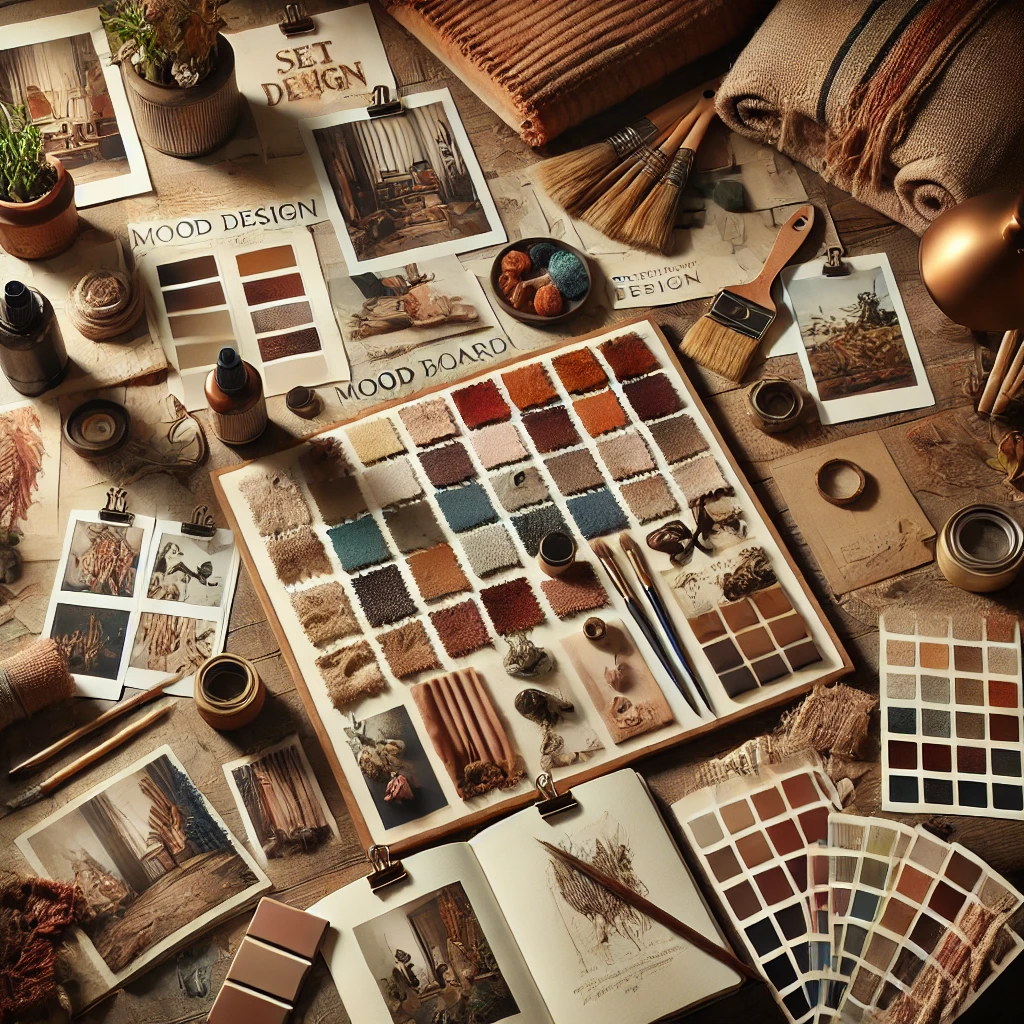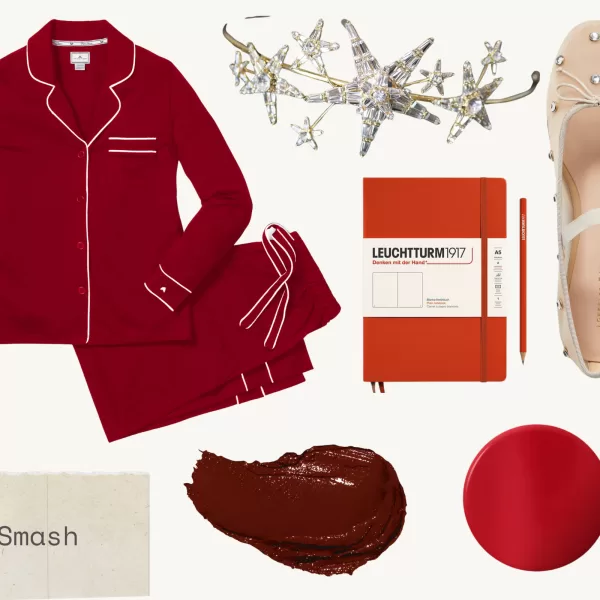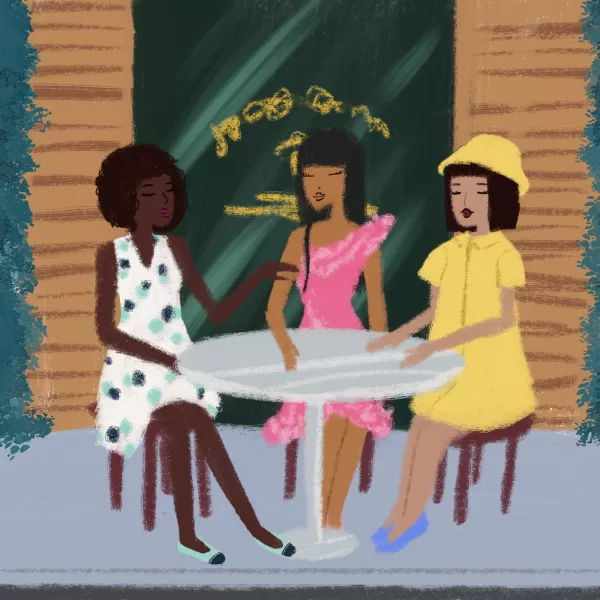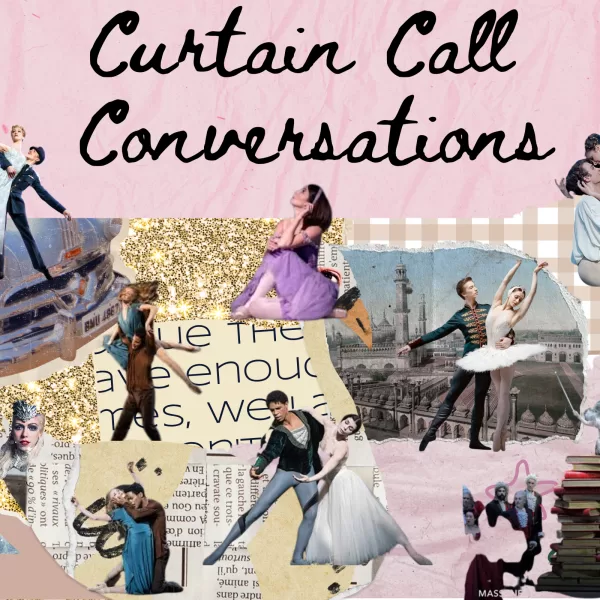Mood boards aren’t just for interior designers or fashion stylists—they’re a powerful tool for anyone working in the creative arts. Set designers use them to establish a visual language for a production, shaping everything from color schemes to textures and emotions. Whether you’re designing a space, planning a creative project, or simply looking for inspiration, here’s how to craft a mood board with the precision and artistry of a set designer.
1. Define Your Vision & Concept
Before you gather images, clarify your goal: Need inspiration? Check out our post on Francesca da Rimini’s set design here.
- What story are you telling? Think of a mood board as a narrative tool.
- What emotions do you want to evoke? Cozy, ethereal, dramatic, nostalgic?
- What time period or aesthetic are you channeling? Classic, futuristic, minimalist, baroque?
Set designers begin with a strong vision—so take time to define yours before collecting visuals.
2. Choose a Strong Color Palette
Color is one of the first elements that set the tone of a space or scene. Like they did in the set design for Casanova here. Consider:
- Muted pastels for softness & nostalgia
- Rich jewel tones for drama & elegance
- Monochrome palettes for minimalism & sophistication
- Earthy neutrals for warmth & organic storytelling
Set designers often pull colors from paintings, fabrics, or even nature to find authentic palettes.
3. Gather Visual References from Diverse Sources
Don’t just pull from obvious places—set designers look everywhere for inspiration. You can see the example in the set design for The Fire Shut Up In My Bones here.
- Fine Art: Classic paintings, sculpture, abstract textures
- Photography: Editorial fashion, travel, documentary imagery
- Architecture: Historical buildings, modern interiors, unique spaces
- Typography & Graphic Design: Fonts, posters, signage
- Textiles & Materials: Fabrics, wallpaper patterns, natural textures
- Film & Theater Staging: Cinematic stills, lighting styles, production design
Mixing these elements creates a mood board that’s layered and dimensional.
4. Incorporate Texture & Depth
Set designers don’t work in 2D—your mood board shouldn’t either.
- Layer different materials: Include fabric swatches, paper textures, and paint samples.
- Play with light and shadow: How does the environment interact with the elements?
- Think beyond digital: If possible, create a physical board with tactile elements.
Textures add depth, making your vision feel more immersive.
5. Use Composition & Layout to Tell a Story
A well-structured mood board has rhythm and flow.
- Cluster similar colors together to create visual harmony.
- Use diagonal or asymmetrical layouts for dynamic energy.
- Incorporate negative space to avoid overwhelming the board.
- Create sections for different aspects: lighting, costumes, props, mood.
Set designers organize mood boards to guide the eye naturally through the concept.
6. Include Words & Descriptive Language
Mood boards aren’t just about images—language helps reinforce the vision.
- Add single-word descriptors (e.g., “mysterious,” “ethereal,” “industrial”).
- Use quotes or snippets of text that capture the mood.
- Include font and typography inspiration to guide the tone of a project.
Words anchor the aesthetic, ensuring it translates beyond just visuals.
7. Refine & Curate Thoughtfully
A mood board should feel intentional, not chaotic.
- Edit ruthlessly: Remove anything that doesn’t serve the vision.
- Limit the number of images per section to keep it focused.
- Adjust colors & layouts to maintain harmony.
- Step away & revisit later to ensure the mood still resonates.
Set designers constantly refine their boards to keep them aligned with the artistic direction.
8. Translate Your Mood Board into Action
A great mood board isn’t just inspirational—it’s functional.
- Use it as a guide for styling, design, or creative execution.
- Share it with collaborators to visually communicate your vision.
- Print it out & display it in your workspace for ongoing inspiration.
Mood boards should bridge the gap between imagination and reality.
By approaching mood boards like a set designer, you create more than just a collage—you craft a fully realized visual story that can guide any creative project. What will you bring to life next?




Leave a Reply